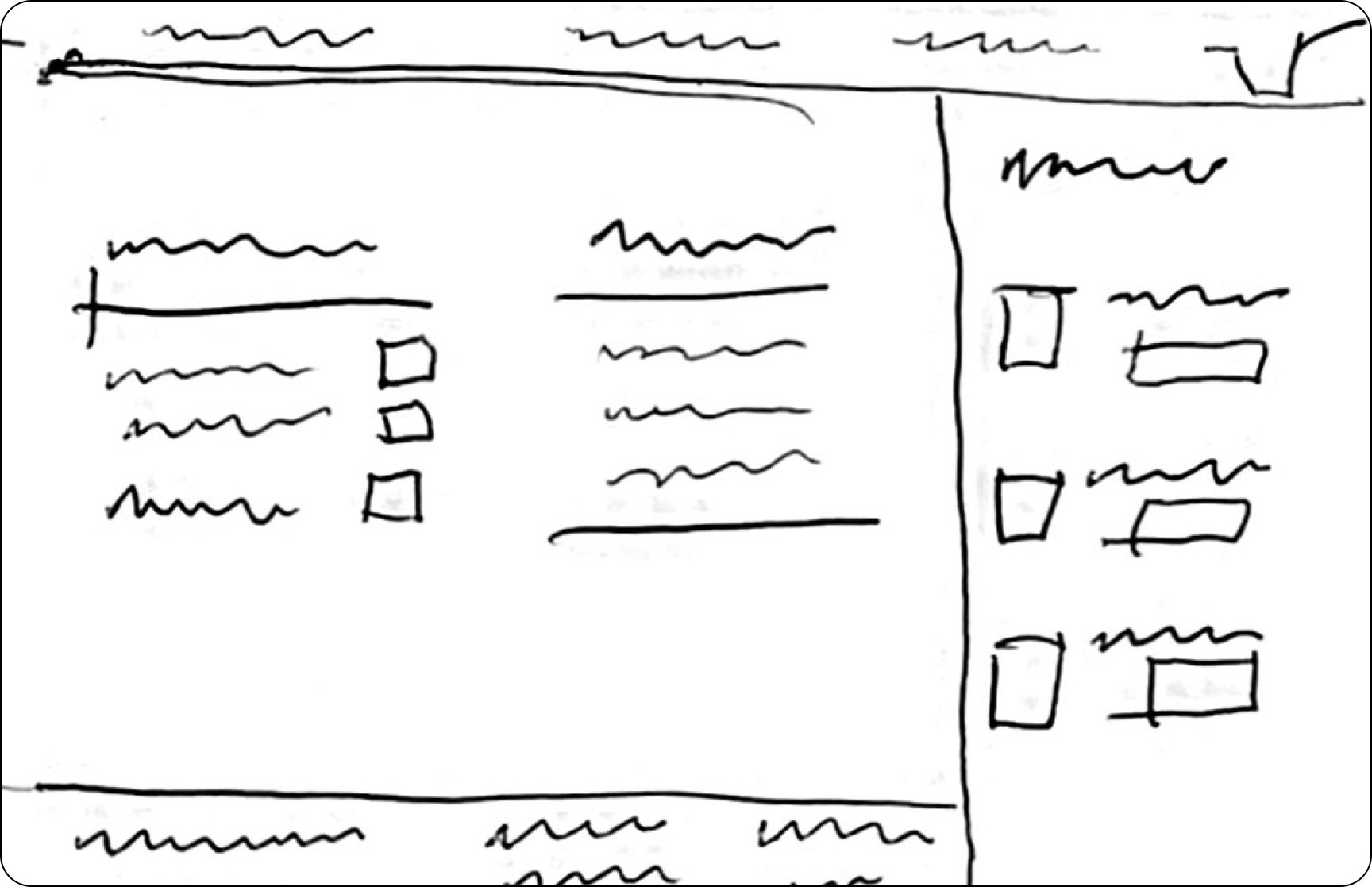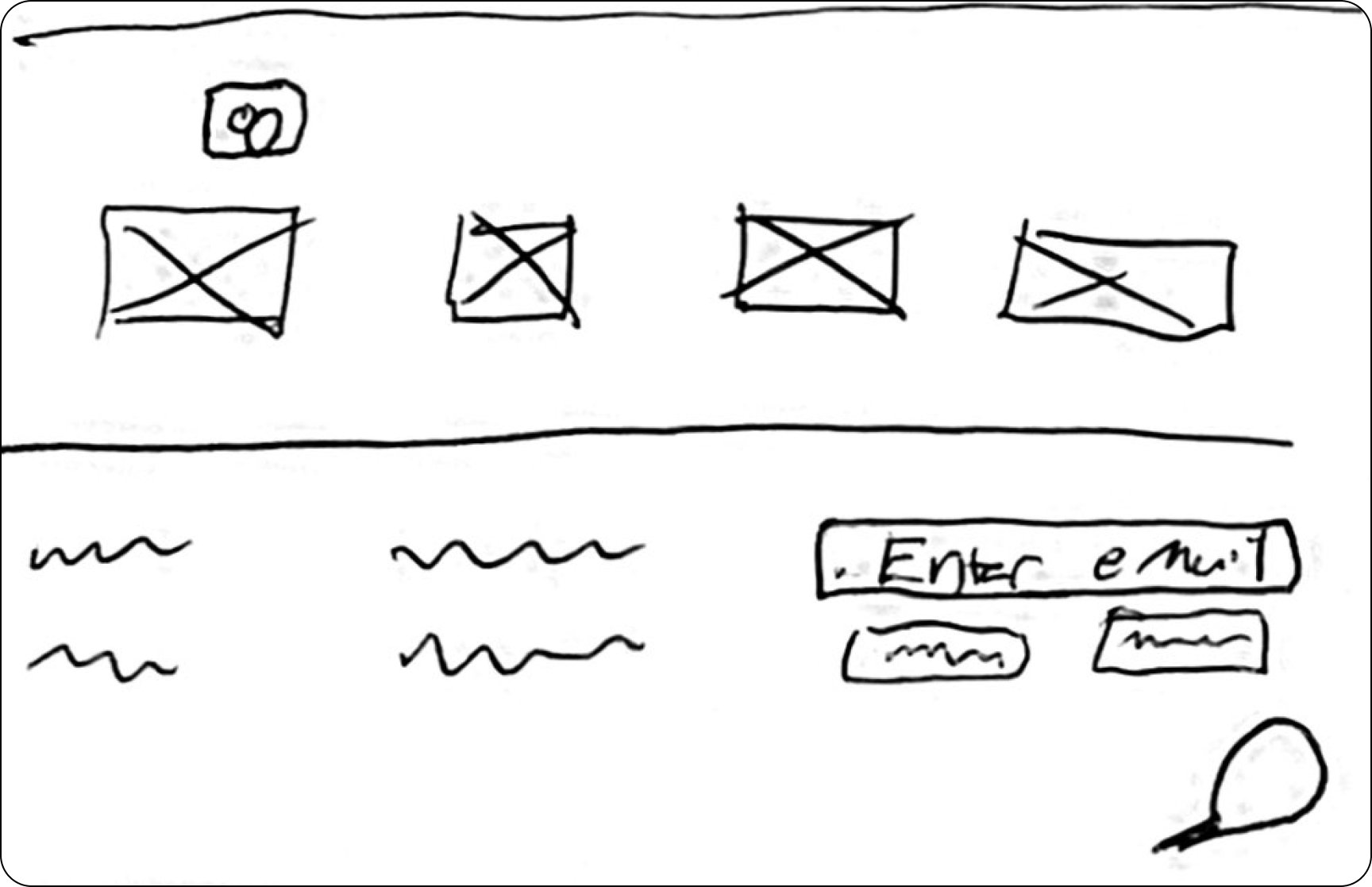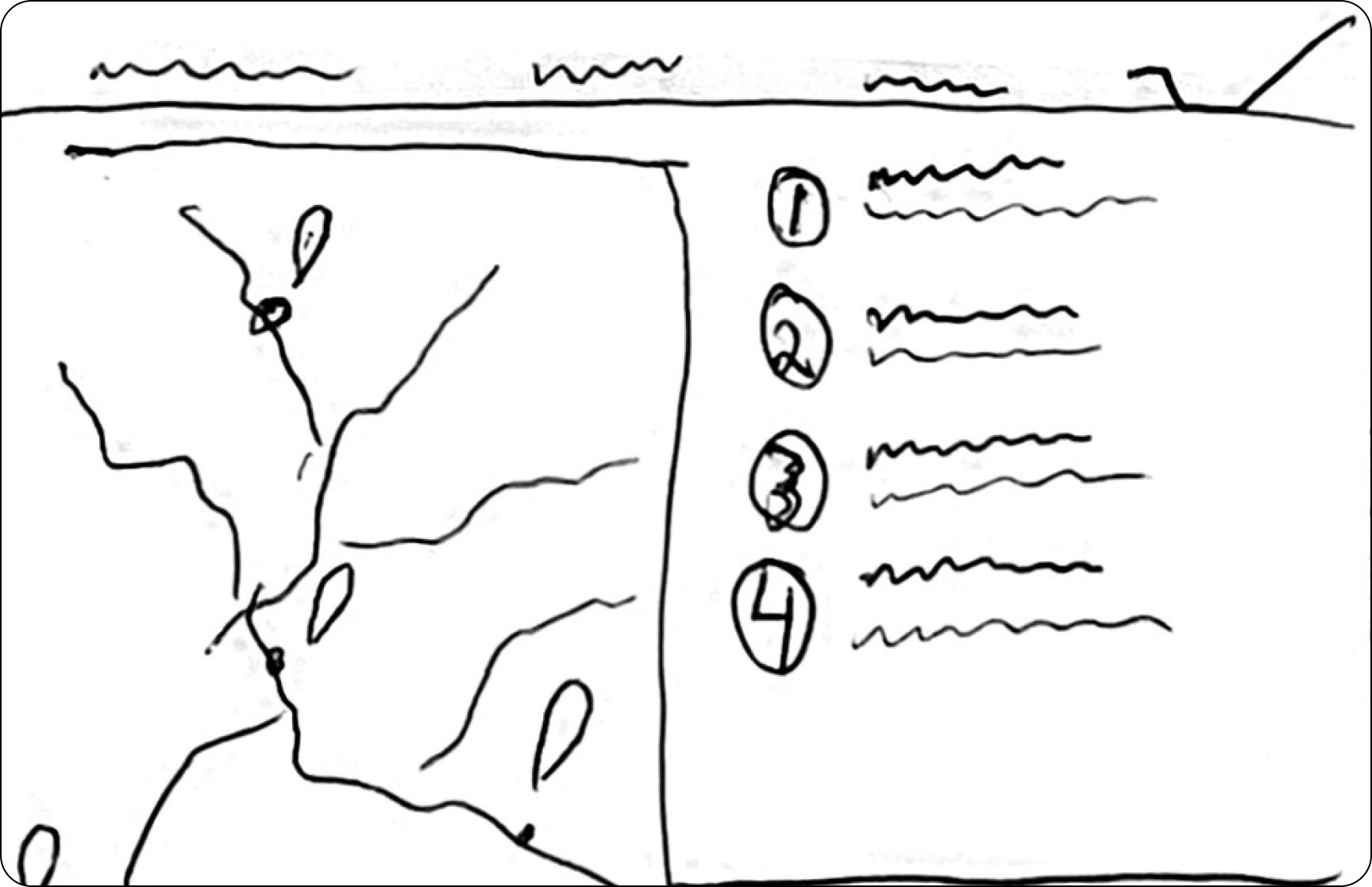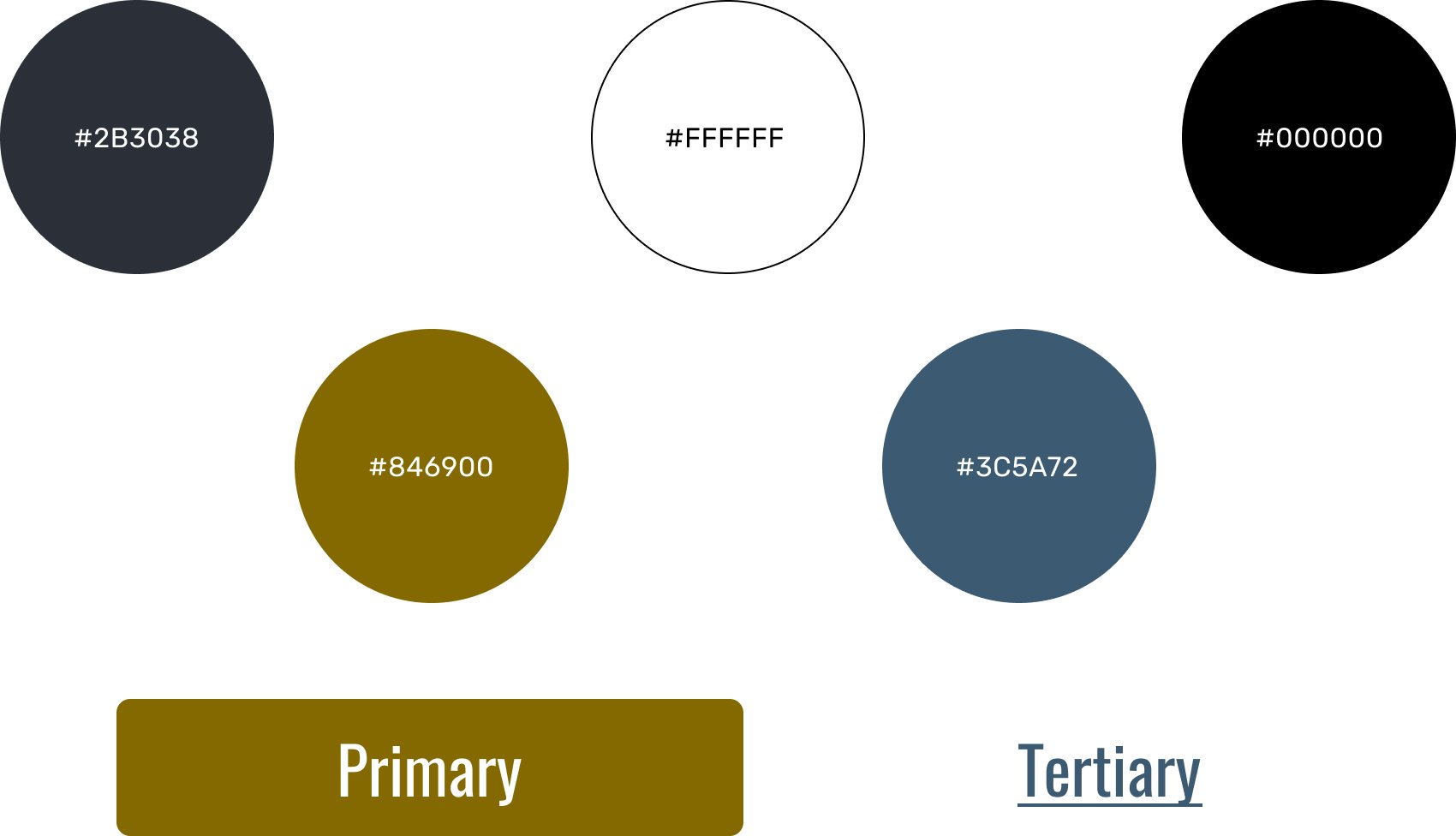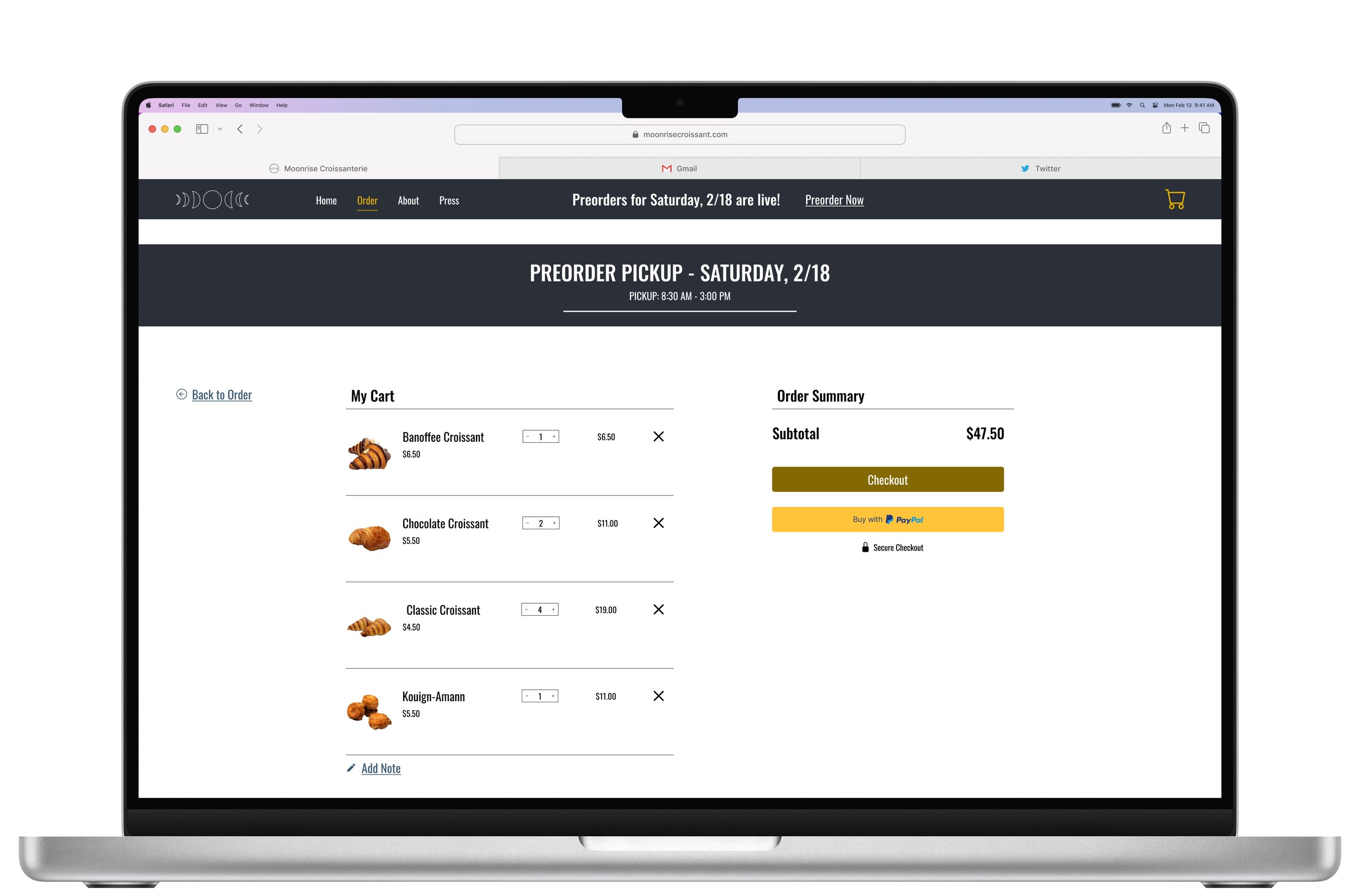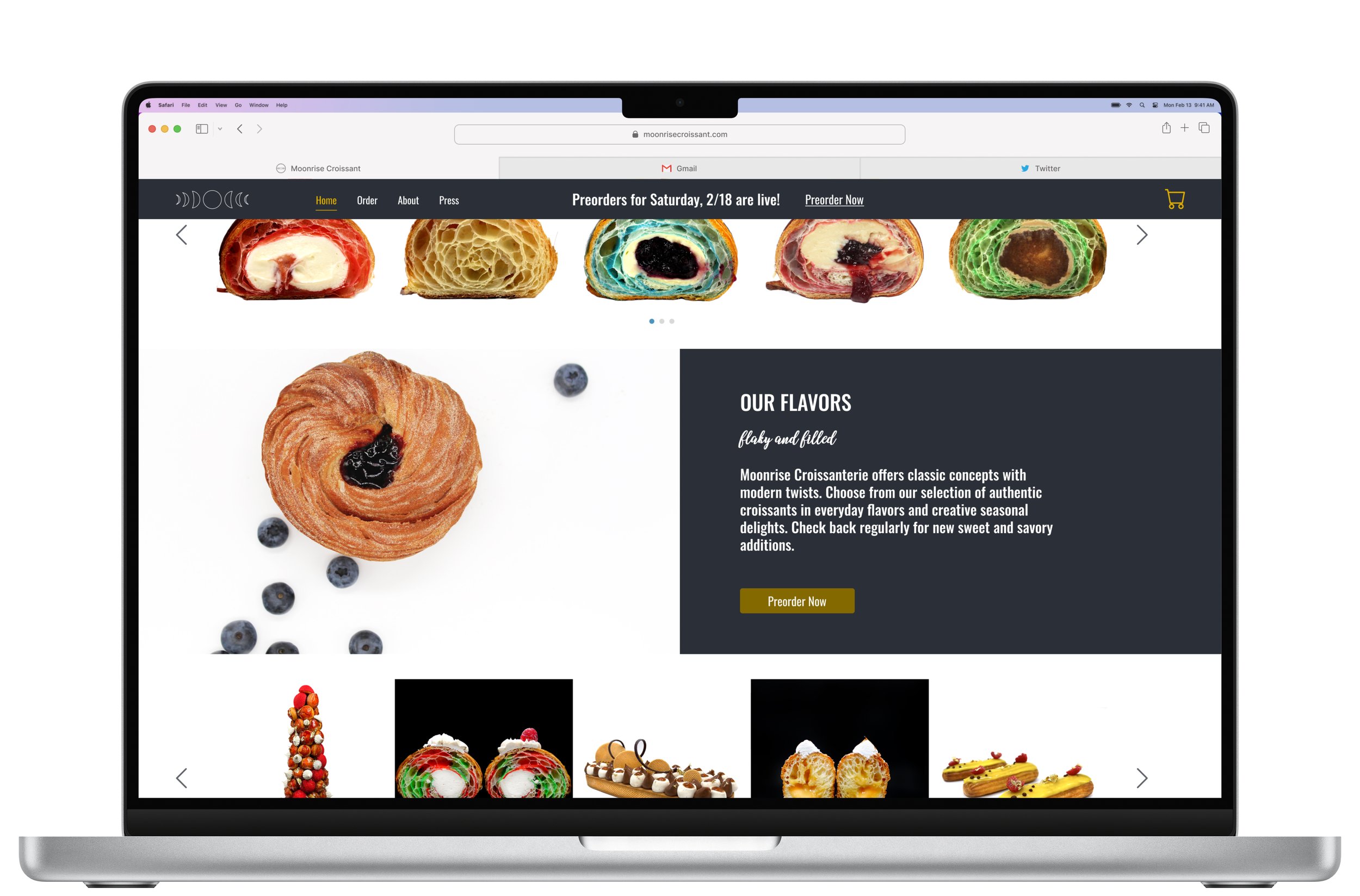Moonrise Croissanterie
An Online Specialty Bakehouse
UX Research | UX Design | UI Design | Prototyping
Eight Weeks | Three Phases
designed using:
Overview
Moonrise Croissanterie is a wholesale and direct-to-consumer bakehouse offering specialty laminated pastries and other gourmet desserts. Through the design and implementation of a website, weekly sales were increased by an average of 250%.
Key Features
Pastry pre-order
Product Gallery
Customer Contact Form
Sales Analytics
Lead Capture
The Problem
Residents of New England seeking to purchase Moonrise croissants need to be able to directly access products in order to ensure they can secure the quantity and variety of products they wish to consume.
The Discovery
Research Goals
Define points of friction in current business model
Determine customer product preferences
Determine customer’s feelings towards current purchasing model
Identify new product ideas
Determine opportunities to increase visibility
Peter
Age 58
Lifelong resident of NH
Works as a farmer
Has daily morning obligations
Considers himself a “foodie”
Collects wine
Trudy
Age 64
Recent retiree
Has limited computer skills
Likes to keep an active schedule
Tries to limit dessert consumption.
Picky about when to “treat herself"“
Howard
Age 34
Has a large social group
Loves social media
Willing to travel for “cool” experiences
Not a fan of waking up early on days off
Zoe
Age 24
Moved to NH recently to be closer to wife’s family
Works as a remote software developer
Frequently eats takeout food
Likes to snack
Likes to sleep in on the weekends
*Personas based on characteristics of research participants who wish to remain anonymous.
Data Synthesis - Challenges of Original Business Model
All sales were initially made via wholesale accounts. Products required an average of three days to produce, requiring significant lead times to meet orders. Relying on third parties led to a variety of limitations and challenges, including the following:
Low Sales
Wholesale accounts reluctant to purchase large quantities.
High wholesale prices required wholesalers to set their resale prices high, resulting in a slim profit margin.
Outside factors, such as weather related events resulted in unsold products, leading them to hedge their bets.
Unsold inventory threatened retailer’s profits.
High Production Cost
Low sales prevented Moonrise from meeting ingredient order thresholds that were required to work with food distributors.
Ingredients (of less than desired quality) were purchased from local markets for higher prices
Limited recipe scalability and wholesalers’ reservations led to large quantities of unsold product, increasing production costs.
Limited Visibility
Croissants were one of many items offered by wholesalers, putting less focus on selling them and leaving their discovery by customers mostly to chance.
Wholesale partners had a small sphere of influence. Most of their customers were hyperlocal
Limited Product Offerings
Wholesale partners’ budgets were inflexible.
Introduction of new products would only serve to decrease order quantities of individual products, leading to increased issues with leftover produced product.
Supply and Demand
Despite increased demand for the products, wholesale partners remained conservative with their orders.
Sellouts resulted in disappointed customers
Data Synthesis - User Interviews
Conversations with interview subjects identified a number of key insights about their experiences as well as opportunities for improvements.
“The photography is incredible! I've never seen anything like them. The layers and textures look so perfect, I feel like I could just reach out and grab one right now. I'm totally blown away!”
- Peter
“I feel like I'm in a race against time every time I go there. It's so stressful, but when I do manage to snag a few, it's totally worth it!"
-Trudy”
“These croissants are absolutely amazing! I love how buttery and flaky they are. I really wish I could try more of the chef's treats because if they're anything like the croissants, they're sure to be delicious!”
- Howard
Business Operation Insights
Moonrise Croissanterie’s growth was limited by wholesale exclusivity. Supplier relationships were prevented by limited production requirements, prices were high due to food waste and reliance on consumer markets for ingredient sourcing, and product line expansion was unviable due to partner’s budgetary constraints.
Customer Insights
Customers were drawn to the products by images posted on social media. They expressed a high level of satisfaction with the croissants as well as interest in the opportunity to purchase additional products. They struggled with accessing what was available due to the short window of availability at retail locations.
The Process
Competitive Analysis
Upon completion of data synthesis, a competitive analysis was conducted to identify the strengths and weaknesses of competitors, as well as opportunities for improvement and innovation.
Strengths
Established brands
Commercial kitchens
Large staff
Qualified for supplier partnerships
High quality products
Weaknesses
High operating overhead
Traditional products
Only some places had quality croissants
Not very Instagrammable
Opportunities
Nearest competition located over 35 minutes away by car
No public transportation
Moonrise located in a relatively densely populated suburban area
Easily accessible by foot
Low overhead costs
Highly Instagrammable products
Unmatched product quality
Threats
Moonrise’s license only allowed production of shelf stable goods.
No beverage program
Lack of staff required round-the-clock production
High food cost
Lack of storefront
No regular foot traffic
Long lead times
Could only produce for one mass pickup a week
Feature Concepts and Prioritization
Upon completion of the the competitive analysis, the following list of potential features was generated:
Must Have
Online pre-ordering
Image Gallery
Customer chat functionality
“About us” section
Should Have
Mailing list signup
Multiple payment methods
Item focus views. with details
Allergen information
Could Have
Review section
Gallery of past flavors
Press section
Locator (for wholesale partners)
Reheating instructions page
Won’t Have
Custom product ordering
Order for shipping
Local delivery options
Compatibility with gig-service delivery
Suggestion box
Initial Sketches
Using the feature list as a guide, rough sketches were produced to ideate on potential features and task-flows.
User Testing - Low-Mid Fidelity Task-flows
Users were tasked with navigating a mid-fidelity prototype of the preorder process. Concurrent probing was utilized to gain insight into users’ thoughts and identify opportunities for improvement.
Low-Mid Fidelity User Testing Conclusions
Users completed the task scenarios without any hesitation.
Users did not have any questions pertaining to the operational aspects of the flow.
Users expressed concern regarding lack of pickup date reminders.
Users wished to see payment methods such as PayPal added to checkout.
The Design
Color Palette
The color palette was designed to be steely, cool, yet luxurious. It gives the pages a clean, high end feel, while shining the spotlight on the vibrant product shots.
Typeface & Font
Oswald was selected for its playful and otherworldly characteristics. Its narrow and elongated characters are visually interesting while remaining legible. It has a spacey feel, tying in perfectly with the company name and logo.
Imagery & Tone
Primarily showcasing product shots, the website's aim is to resemble an art gallery. Its clean and subdued color scheme serves to enhance the product’s visual flair and aims to awe customers.
The Solution
Online Preorder
For Curbside Pickup
User Testing – High Fidelity Prototype
User Feedback – UX
Users expressed satisfaction with the presented task-flows and operations. They did not cite any points of friction, and were able to complete all scenarios with ease. Users provided a few insights into improvements that were implemented into the final design.
User Feedback – UI
Users cited a high level of satisfaction with the UI, citing minimal points for improvement.
Original Homepage Image
Users felt the original image on the homepage felt “floaty” due to the perspective and the berries being cut off.
Revised Homepage Image
The new image more closely matched the perspective of the rest of the images on the page, resolving the identified issue.
Original Checkout
The original checkout flow presented customers with an additional chance to revise their orders by presenting a duplicate of the cart page contents. Users felt this was redundant and resulted in an awkwardly long page.
Revised Checkout
The duplicated cart contents was removed and listed representation was added to the order summary.
Original Confirmation
The original confirmation page presented customers with a pickup address and instructions. Users identified opportunities to make this part of the process more impactful.
Revised Confirmation
The ability to set a pickup reminder and open up users’ preferred maps application was implemented to improve functionality.
The Results
Value to Customers
The implementation of the online ordering system decreased customer’s pain points and improved their experience by:
Increasing Access
Larger quantities were produced and ordering remained open for six days before pickup date, increasing window of opportunity before customers faced sellout. Customers could place orders from the comfort of their own home.
Expanding Product Line
A larger variety of products were offered, expanding upon what the customers had already grown to love, and appealing to a greater range of tastes and preferences.
Simplifying Communication
Customers were given a direct line to communicate with the bakehouse regarding questions, concerns, and requests.
Value to Business
The implementation of the online ordering system decreased operation pain points by:
Increasing Visibility
Implementation of a website increased visibility and drew in a large number of customers from farther away
Increasing Product Management
Increasing visibility and customer base allowed for set production quantities to dictate product availability, decreasing product waste and food cost.
Enabling Supplier Partnerships
Increased demand and production requirements qualified Moonrise to work with food suppliers, increasing access to higher quality ingredients, and decreasing food cost.
Increasing Revenue
Increased visibility and usability led to an increase in weekly sales of an average of 250% times what they were when relying solely on wholesale buisness.
Increasing Production Capacity
Increased revenue allowed for the purchase and upgrade of equipment, increasing production capabilities and allowing for expansion of the product line.
Looking Ahead
Unanticipated mandatory relocation to another state disrupted business operations, leading to a temporary cessation. While the company had always planned to expand into a brick-and-mortar storefront in a different state, the sudden move made for a bumpy transition. During the downtime, focus was put on developing a solid business plan to present to investors. Unfortunately, the extended period of inactivity required the project be put on hold, to be resumed at a later date.
Moonrise's products were well received, with growing demand in the local market. It is believed that their offerings would thrive even further in a more densely populated area with similar levels of competition.




























